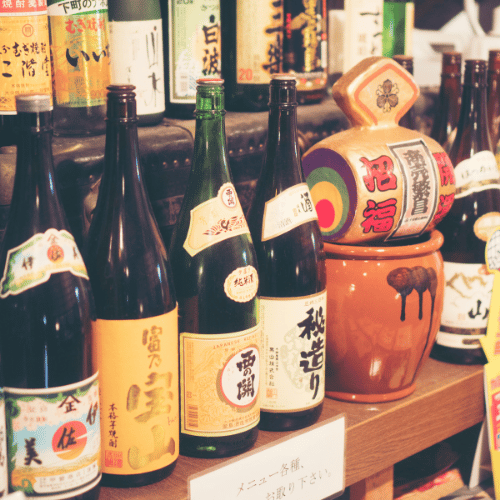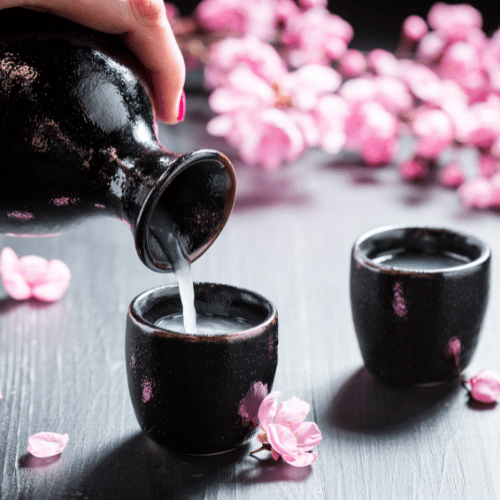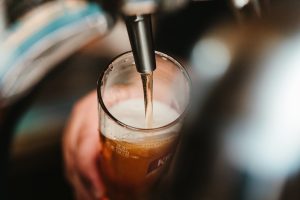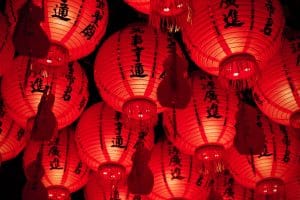A Brief History of Sake
By Leslie Radford
Sake is a traditional Japanese alcohol made from fermented rice. Traditionally, sake is served during formal ceremonies, special events, and national holidays. It is typically poured from a tall bottle called a tokkuri and drunk from a sakazuki, a small porcelain cup. The correct way to pronounce it is ‘sah-keh,’ not ‘sah-kee.’
Let’s take a look at the history of this exemplary alcoholic beverage.
Origin of Sake
Sake predates recorded history, but the earliest known production of the drink took place in China circa 500 BC. The process was unsophisticated as villagers would gather to chew rice and nuts and then spit the contents into a communal tub. This tub would then be stored and left to ferment (the enzymes in their saliva aided the fermentation process).
Luckily, a mold enzyme was discovered that was added to rice to implement fermentation, a technique believed to have spread throughout Japan in the Nara period (710 to 794), and resulting in the sake we know today.
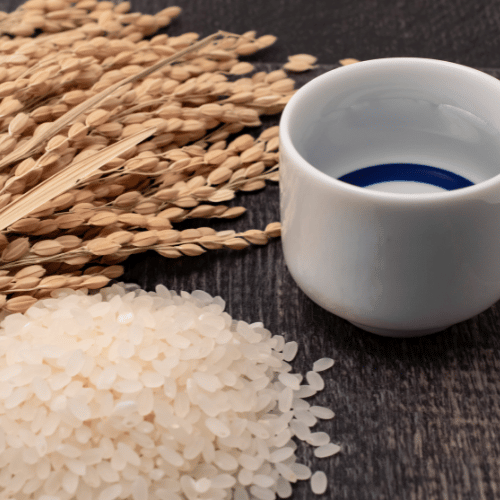
Early Production
Sake production was initially a government monopoly. In the 10th century, temples and shrines started brewing their own and became the primary distilleries of sake for centuries. Sake had become one of the most ceremonial beverages in Japan by the 1300s and is currently its national beverage.
The 20th Century
Improvements in brewing technology and equipment (like steel tanks that replaced the traditional wooden barrels used to brew sake, which were considered unsanitary and less durable) led to huge increases in the quality and production.
A rice shortage during World War II required brewers to add pure alcohol and glucose to in order to maintain or increase volume. Roughly 75% of sake today is still made using this method.
Sake became popular in the U.S. in the 1970s.
Present-Day
The drink has grown in popularity all over the world with breweries opening in North and South America, China, Southeast Asia, and Australia. Brewers across the world celebrate Sake Day, traditionally a Japanese holiday held every October 1st.
